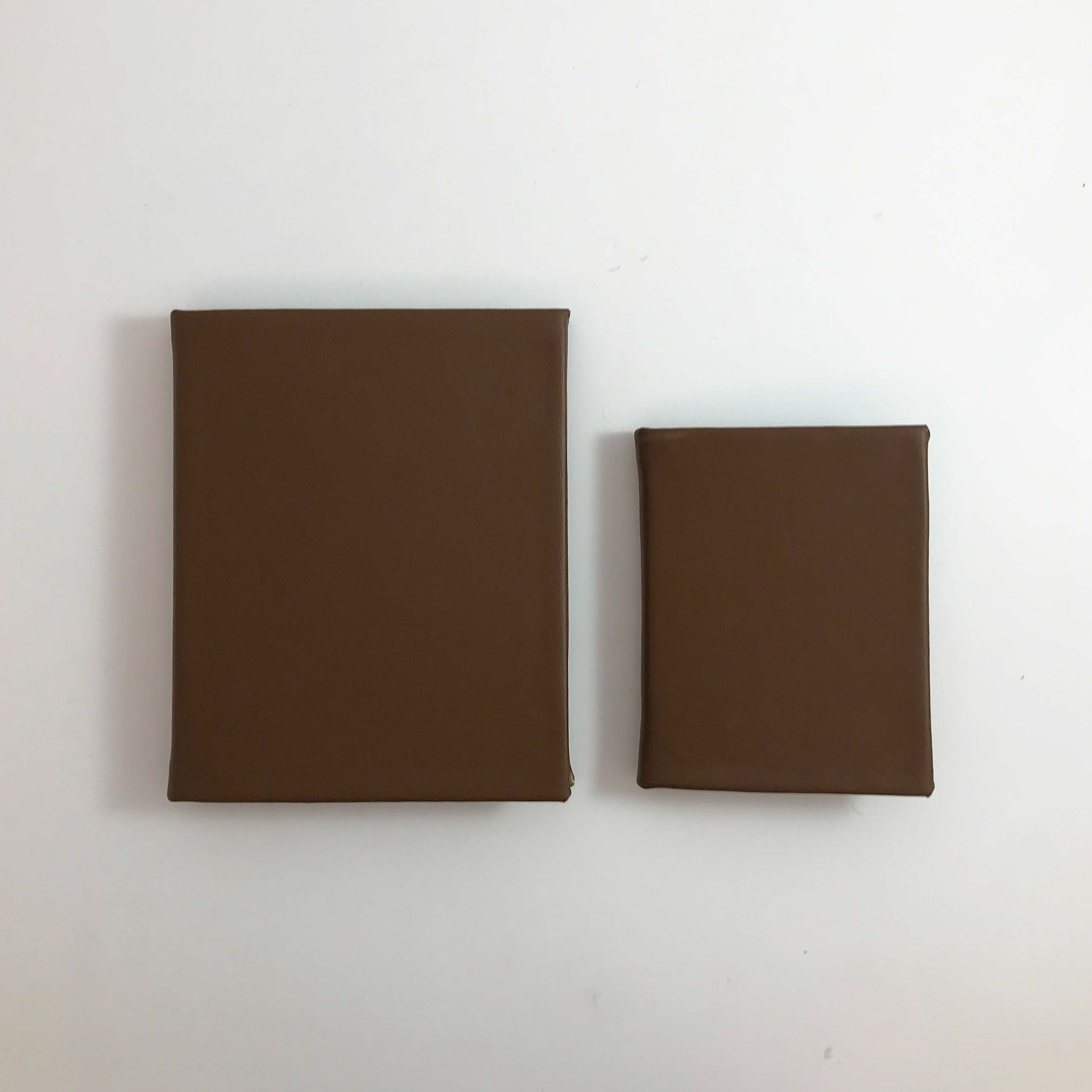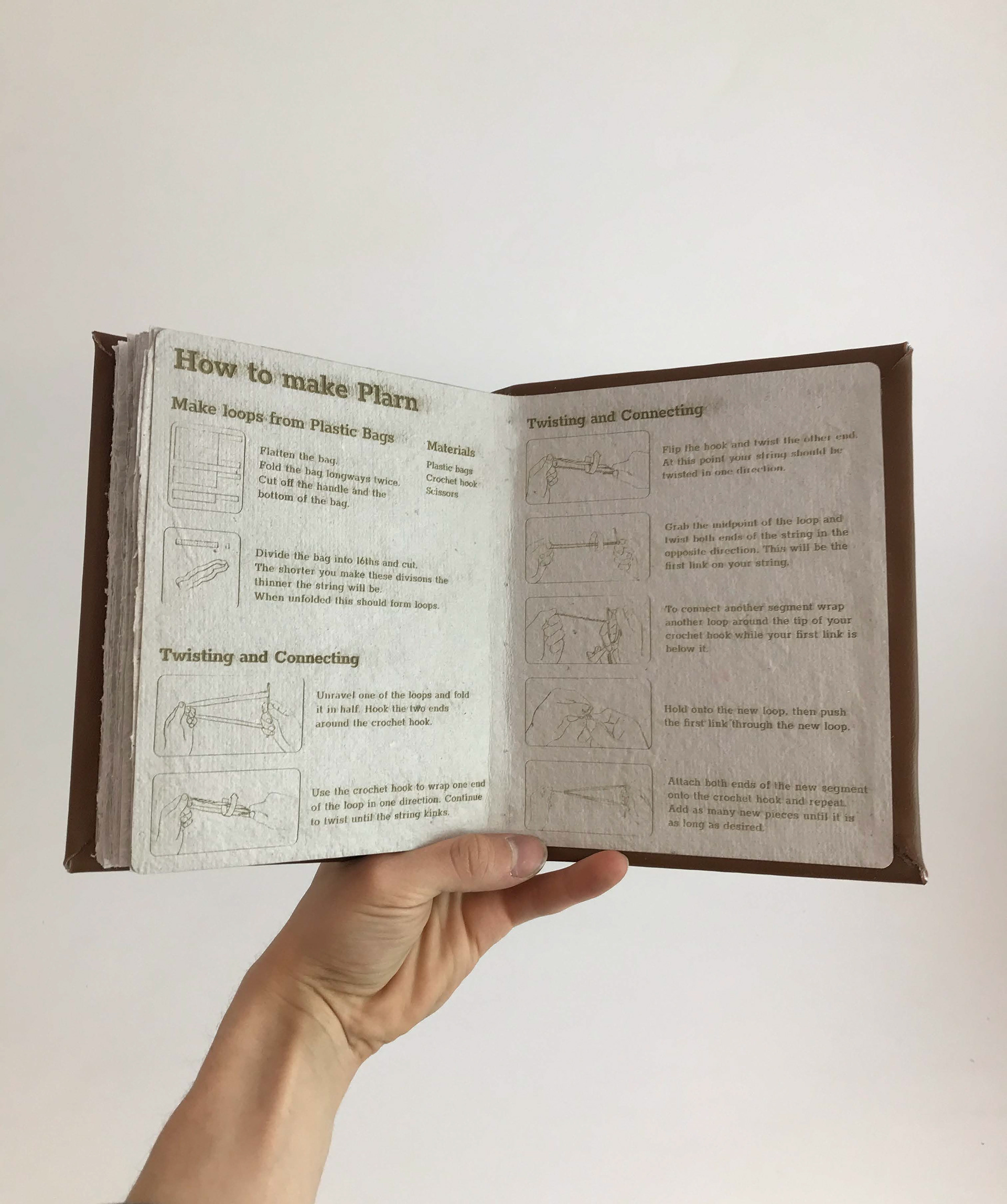Explorations of Neglected Objects
Rapid Prototyping / Sustainable Design
This project is an exercise in transforming objects that surround us in our daily lives. I define the objects explored as neglected since they are usually thrown away after their initial purpose. My goals going into this project were to create artifacts that sparked conversation regarding their origins and their construction.
Junk Mail Paper
My starting point revolved around paper. I knew that It was possible to recycle paper in order to make blank sheets. So after shredding some paper and letting it soak, I went and created two frame and fastened a screen onto one of them. I then filled a bin with water and started pulling sheets of paper.
After some trial and error and several different batches. I ended up creating a method that afforded different variations of paper, some smoother than others while some were more rigid.






Plastic Yarn
My experience with plastic bags was more linear. Through some research I learned you could create a string from plastic bags by cutting them into loops then crocheting them together. Depending on how thin you cut the loops determines that thickness of your thread.





Soap From Ashes
After starting this project I was informed that you can create soap out of ashes. Soap is a substance that surrounds oil particles and allowing them to be dispersed in water and easily rinsed away.
You can create lye from ashes, which is a strong alkaline substance also known as sodium hydroxide. When mixed together with a fat, the fatty acids bind to the sodium part of sodium hydroxide. While the glycerol from the fat binds with hydroxide. This forms glycerin. Which is good for the skin. So the combination is able to bind to oil particles and clean them.
You extract the lye by first making a silo containing rocks, dried grass, then hardwood ashes, you pour boiling rainwater over over the Clio. After the lye water has seeped through the vessel you boil it down to 3/4th of a cup then and you combine it with a fat. Once the Lye and Fat combine you pour it into a mold and you let it cure for 2 weeks. Over time the soap will harden.
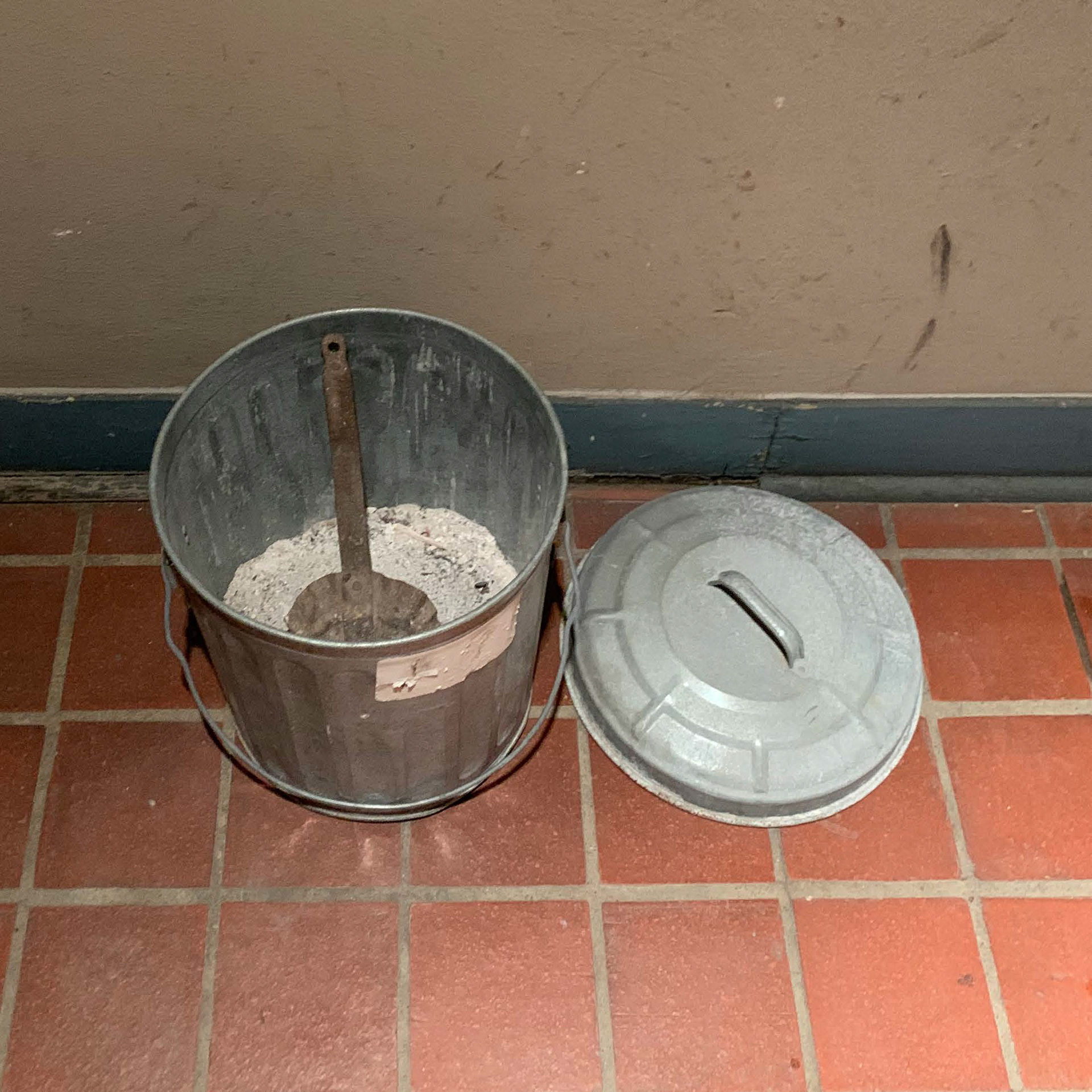




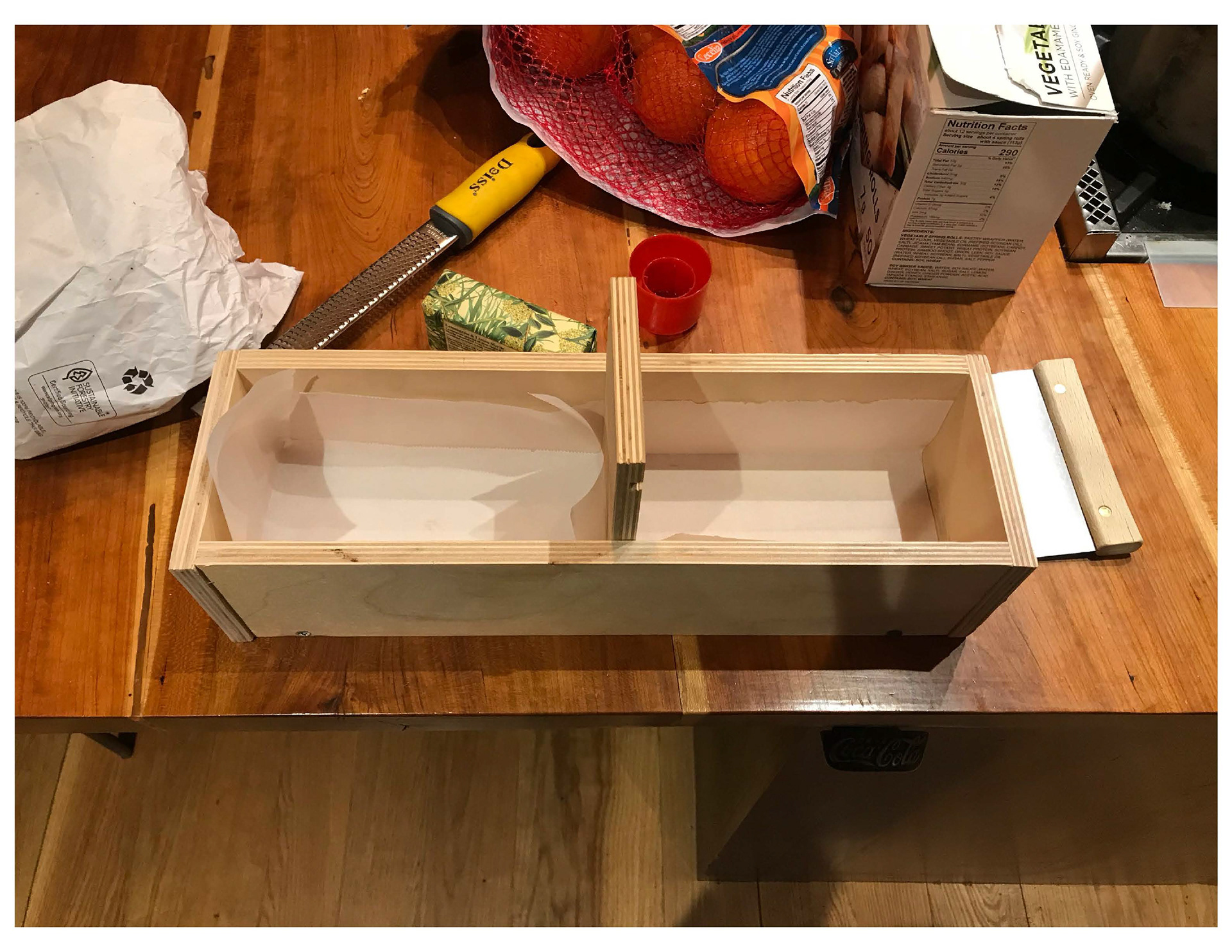
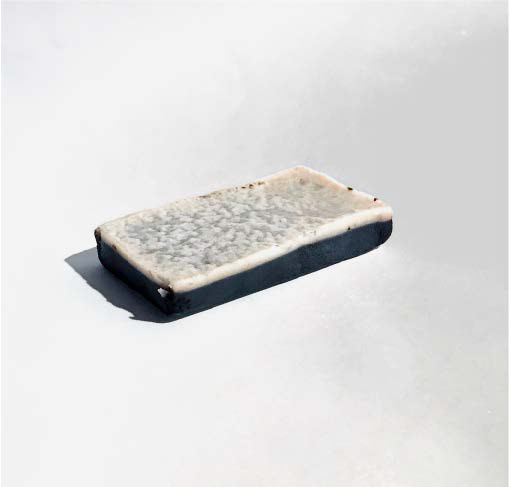
Creating Artifacts
After creating these materials I was happy with the progress and learning associated with them. The materials stood on their own but did not contain much personality. My goals moving forward revolved around transforming these materials into artifacts that could be engaged with.
After creating these materials I was happy with the progress and learning associated with them. The materials stood on their own but did not contain much personality. My goals moving forward revolved around transforming these materials into artifacts that could be engaged with.



I made sketchbooks containing the paper I created and bound with the plarn. The cover of the one on the left is made of chipboard I made by binding wood shavings, while the one on the right is pulled from the back of an old pad of paper. These sketchbooks are bound with some black denim I had from an old pair of pants I turned into shorts. This other set was bound with canvas that has been sitting in storage.






After creating the soap I realized it would be nice to have some sort of surface for this object to rest on. This lead me to create a saucer by crocheting my plarn into a circle. After learning how to create circles I realized that it is not that hard to make something a little more complex, such as a vase.


Imposed Objects
A question I imposed on myself to solve this problem was “How could I tell the story of a product through the experience encountering the artifact?” This lead me to create instructions that told the viewer how they could create the base material of the imposed product.
This is the resolved product for the soap. Packaged in a thick paper with instructions and information about the product wrapped around it. While resting on a saucer crocheted from plarn.

I also created instructions for the other materials I constructed throughout this project. The goal of the instructions was to allow the viewer to understand that the artifact presented was created from materials that may be closer than anticipated. This might then enable the viewer to start to look at objects differently, and think of different uses for them.
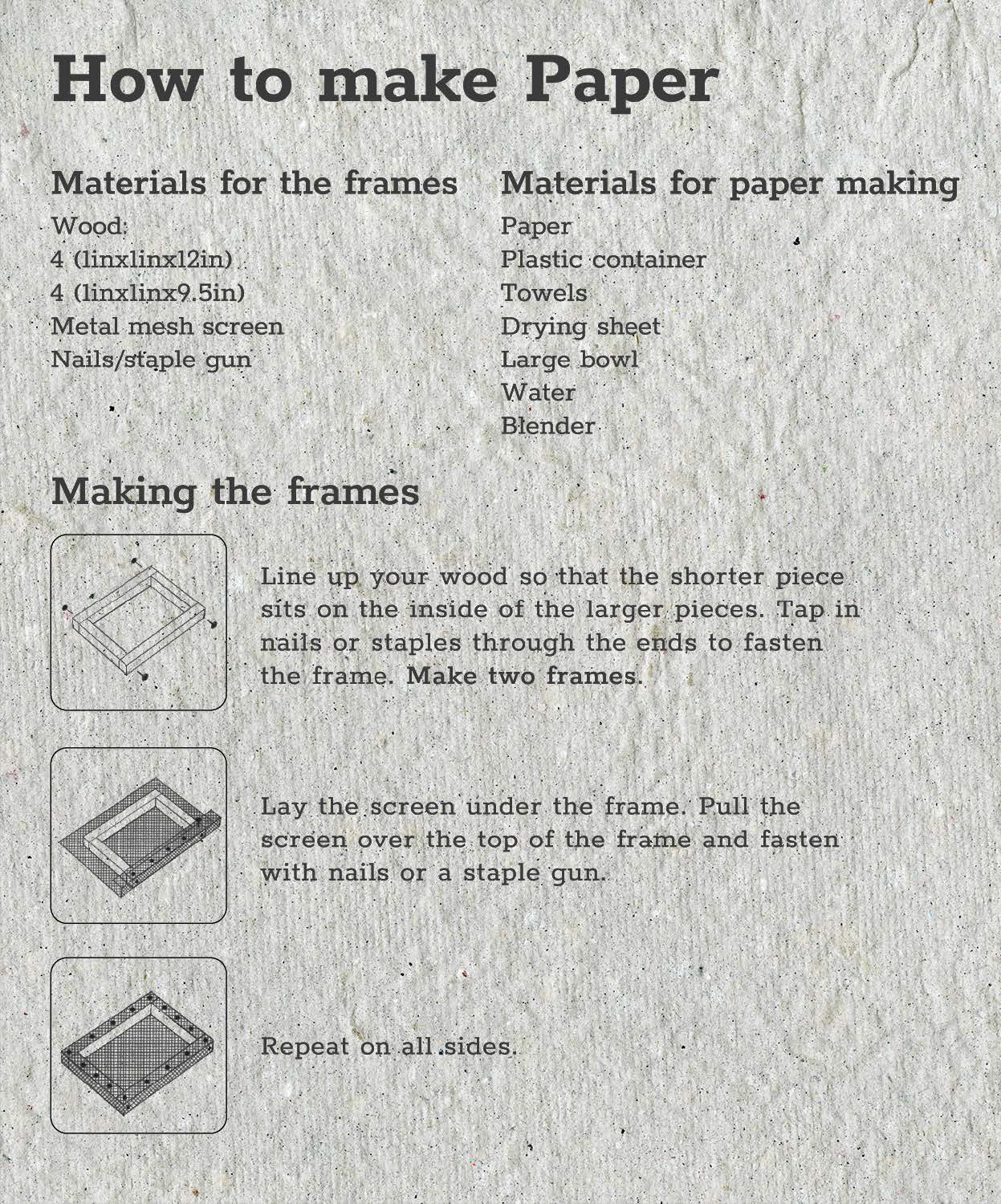






If I were to define the process that I have gone through in order to make these artifacts. It would be a cycle of continuous exploration. Maybe the first attempt at a new craft isn’t successful, but after a few tries you’re able to make something that you are proud of. Or maybe you discover a new material after a finishing a project, that would be a perfect addition to what you have made. The cycle can be linear but also recursive.
The most recent example of this process can be seen within the previous sketchbook. Walking home the other day I just so happen to stumble across this chair that was being thrown away. The external material still seemed to be in good shape, so I harvested it and fastened it to the cover of this sketchbook.

